Uranium enriched to 60% U-235 represents a critical threshold in nuclear technology, sitting at a precarious position between civilian nuclear energy and weapons capability 12. This enrichment level has gained international attention in recent years as certain nations have pursued this capability, raising significant proliferation concerns and geopolitical tensions 34. The technical characteristics of 60% enriched uranium make it a material of particular security interest, as it straddles the line between peaceful and military applications 56.
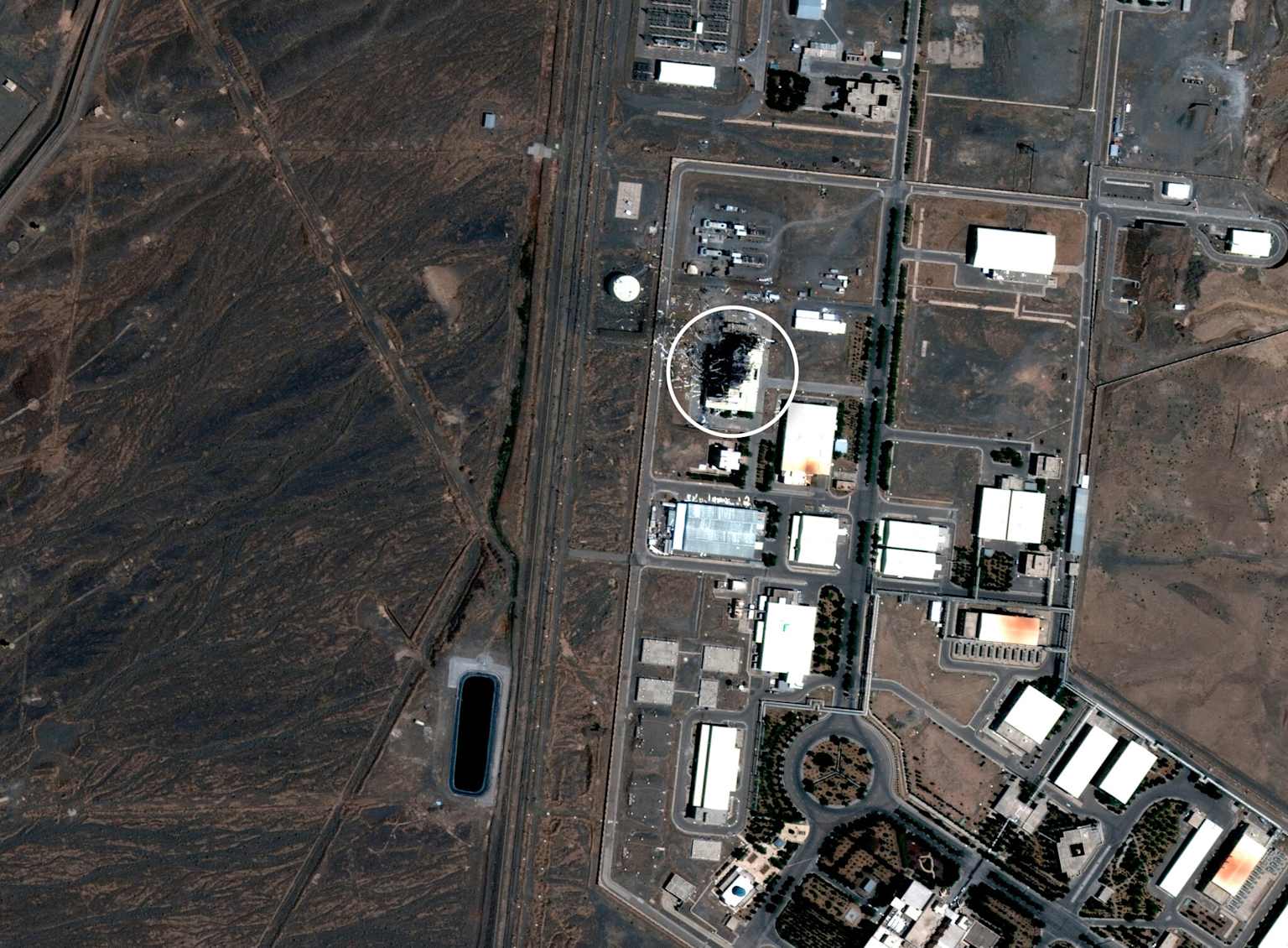
Satellite image of Iran’s Natanz uranium enrichment facility, showing a specific building within the complex.
Understanding Uranium Enrichment Fundamentals
Natural uranium consists of two main isotopes: uranium-238 (99.3%) and uranium-235 (0.7%) 67. While U-238 is the more abundant isotope, it’s the rarer U-235 that undergoes fission in nuclear reactors and weapons 89. Enrichment is the process of increasing the concentration of U-235 relative to U-238 1011.
Enrichment is achieved primarily through gas centrifuge technology, where uranium in gaseous form (uranium hexafluoride, UF₆) is spun at extremely high speeds 1213. The slightly lighter U-235 molecules concentrate toward the center, while heavier U-238 moves toward the edges, allowing for separation and progressive enrichment 1415.
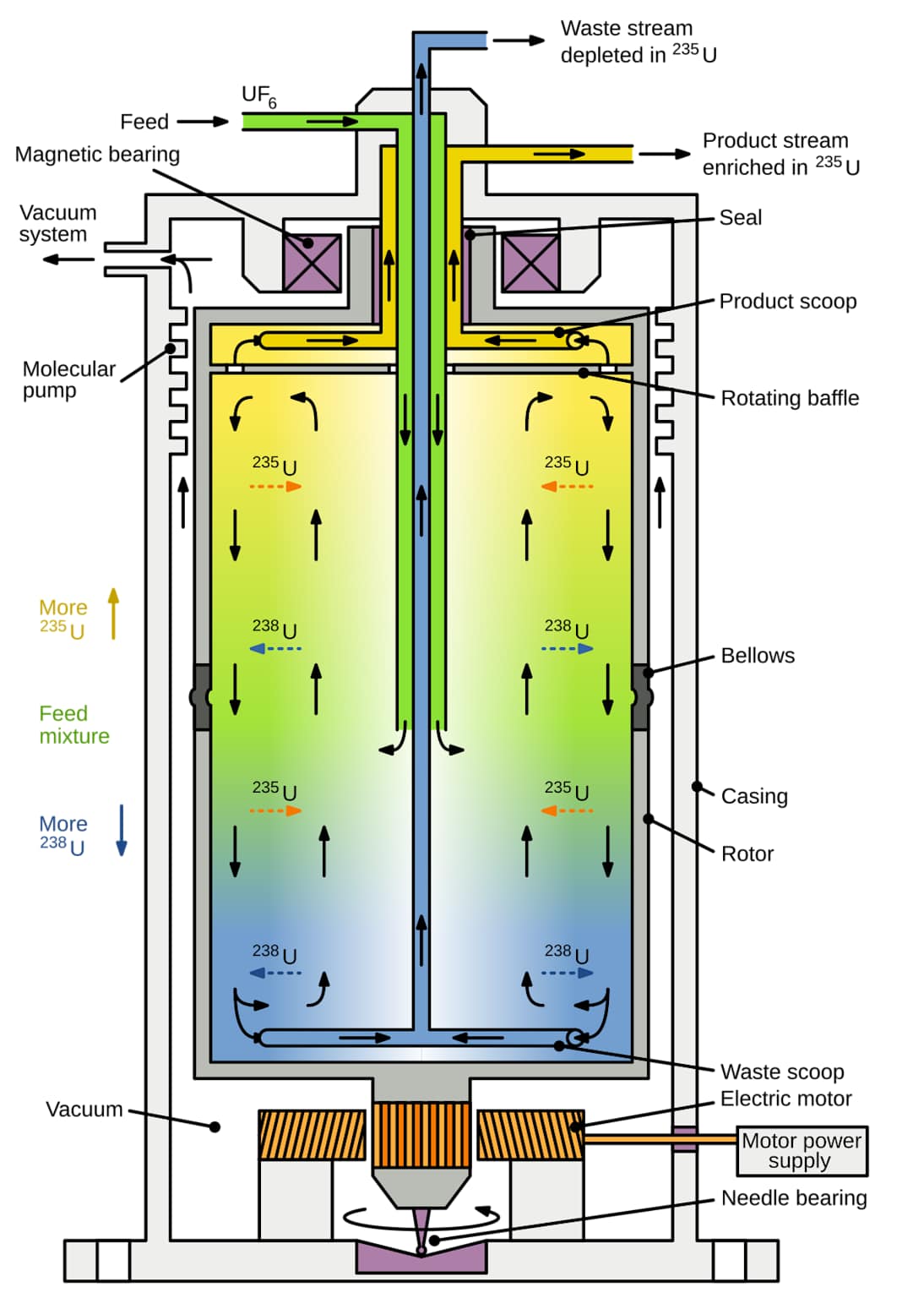
Cross-sectional diagram of a gas centrifuge demonstrating the separation of uranium-235 and uranium-238 isotopes for enrichment.
Modern enrichment facilities contain thousands of centrifuges arranged in “cascades” – interconnected series of machines that progressively increase the U-235 concentration 1617. These facilities represent both significant technological achievement and potential proliferation risk, as the same technology can produce both reactor fuel and weapons material 1819.

Rows of gas centrifuges arranged in a cascade, illustrating the scale of a uranium enrichment facility.
The Spectrum of Enrichment Levels
Uranium enrichment is categorized by the percentage of U-235 isotope present, with each level serving different purposes 2021. Natural uranium contains just 0.7% U-235, insufficient for most applications without enrichment 2223.
Low-enriched uranium (LEU), with U-235 concentrations below 20%, serves as fuel for most commercial nuclear power plants 2425. Typical power reactors use uranium enriched to 3-5% U-235, providing sufficient energy while remaining well below weapons potential 2627.
Highly enriched uranium (HEU) begins at 20% U-235 concentration, a significant threshold recognized in international safeguards 2829. HEU represents a proliferation concern because it can potentially be used in nuclear weapons, though with varying efficiency depending on the exact enrichment level 3031.

Uranium enrichment levels range from depleted uranium to highly enriched uranium, categorized by their U-235 content.
The step from 20% to 60% enrichment represents a major advancement toward weapons capability, requiring sophisticated technical knowledge and dedicated infrastructure 3233. This leap is precisely why 60% enriched uranium triggers international security alarms 3435.
Why 60% Enrichment Is a Critical Threshold
Enrichment to 60% U-235 is particularly concerning for several technical reasons that directly impact proliferation risk 1136. At this concentration, uranium enters the category of weapons-usable material, though not yet at optimal weapons-grade levels 3738.
While 90% enrichment (weapons-grade) is preferable for most nuclear weapons designs, a device using 60% enriched uranium is theoretically possible, albeit with reduced efficiency and requiring a larger critical mass 3940. The International Atomic Energy Agency (IAEA) classifies 60% enriched uranium as a “significant quantity” of nuclear material, defined as “the approximate amount of nuclear material for which the possibility of manufacturing a nuclear explosive cannot be excluded” 4142.
The most alarming aspect of 60% enrichment is how close it brings a country to weapons-grade material 4344. The enrichment work required to move from 60% to 90% is substantially less than the work needed to reach 60% from natural uranium 4546. This means a country with 60% enriched uranium stockpiles could potentially produce weapons-grade material in a matter of weeks or even days 547.

A large-scale gas centrifuge cascade facility used for enriching uranium.
Technical Aspects of Uranium Enrichment Process
The technical process of uranium enrichment uses the slight mass difference between uranium isotopes to achieve separation 4849. This difference is only about 1%, making separation technically challenging and energy-intensive 50.
Centrifuges rotate at extremely high speeds – typically around 100,000 revolutions per minute – creating strong centrifugal forces that push the heavier U-238 atoms toward the outer walls while the lighter U-235 concentrates toward the center . This allows for extraction of slightly enriched uranium, which is then fed into additional centrifuges in a cascade arrangement .
The cascade configuration is crucial for achieving higher enrichment levels . Different cascade arrangements are optimized for different target enrichment levels, but the same basic equipment can be reconfigured to produce various enrichment levels . This dual-use capability is central to proliferation concerns .
Each enrichment stage becomes progressively more efficient as the concentration of U-235 increases . The work required to move from 0.7% to 5% enrichment is far greater than moving from 20% to 60%, or from 60% to 90%, making the leap to higher enrichment levels alarmingly quick once certain thresholds are crossed .
The Iranian Case: 60% Enrichment in Practice
Iran’s decision to enrich uranium to 60% in April 2021 brought international attention to this critical threshold 35. Iran characterized this move as a response to sabotage at its Natanz enrichment facility, but many analysts viewed it as a significant escalation in its nuclear program .
The Fordow Fuel Enrichment Plant, built deep inside a mountain near Qom, became a focal point for enrichment concerns . This heavily fortified underground facility was designed to withstand potential military strikes, raising questions about its intended purpose .
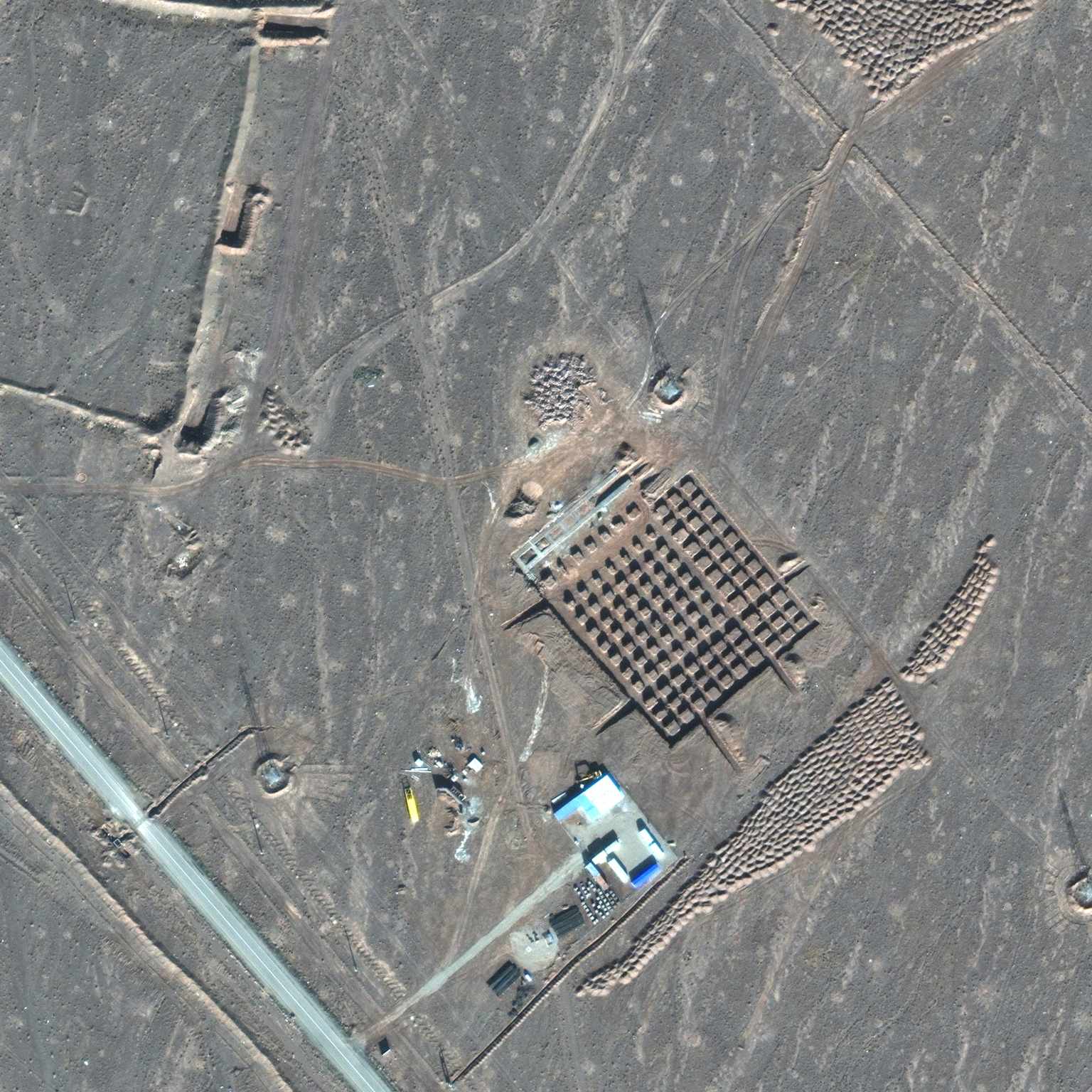
Aerial view of the Fordow nuclear facility in Iran, known for its underground uranium enrichment operations.
By 2025, IAEA reports indicated that Iran had accumulated enough 60% enriched uranium to potentially manufacture multiple nuclear weapons if further enriched . This stockpile was estimated to contain around 408.6 kg of 60% HEU, far exceeding any legitimate civilian need 5.
Iran claimed its 60% enrichment served medical isotope production purposes, specifically for the Tehran Research Reactor . However, international experts noted that such high enrichment levels were unnecessary for medical isotope production, as the global standard had shifted toward using lower-enriched uranium below 20% .
International Safeguards and Monitoring Challenges
The IAEA plays a crucial role in monitoring and verifying uranium enrichment activities worldwide . Through comprehensive safeguards agreements, inspectors regularly visit declared nuclear facilities to ensure nuclear material remains in peaceful use .

An IAEA uranium enrichment monitor, designed to verify and control enrichment processes.
Monitoring 60% enrichment presents particular technical challenges . The IAEA employs several verification technologies, including environmental sampling that can detect microscopic traces of highly enriched uranium 48. These swipe samples, collected by inspectors from surfaces within facilities, can detect uranium at levels below one-trillionth of a gram .
Online Enrichment Monitors (OLEMs) provide real-time data on enrichment levels in gas centrifuge plants 47. These sophisticated devices measure gamma emissions from UF₆ gas flowing through header pipes, allowing continuous verification without disrupting operations .
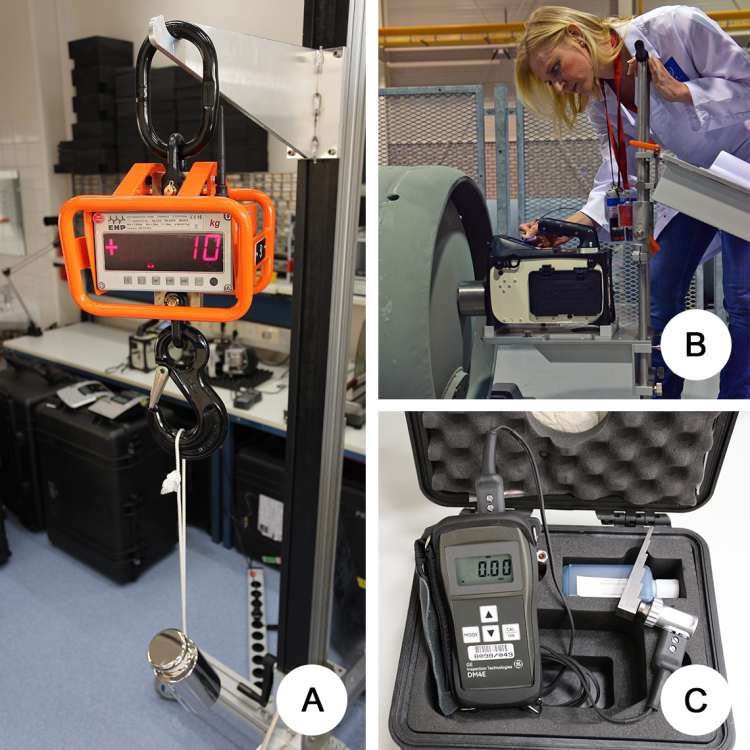
IAEA inspectors utilize specialized equipment and conduct on-site inspections as part of nuclear safeguards to verify materials and prevent proliferation.
Despite these technological capabilities, monitoring faces significant challenges . Nations pursuing sensitive nuclear technologies may limit inspector access, withdraw cooperation, or attempt to conceal activities . The technical ease of reconfiguring cascades to produce different enrichment levels means verification must be constant and comprehensive .
Global Security Implications
The proliferation of 60% enrichment capability has profound implications for international security and the global non-proliferation regime . The Nuclear Non-Proliferation Treaty (NPT) forms the cornerstone of efforts to prevent the spread of nuclear weapons while allowing peaceful uses of nuclear energy .
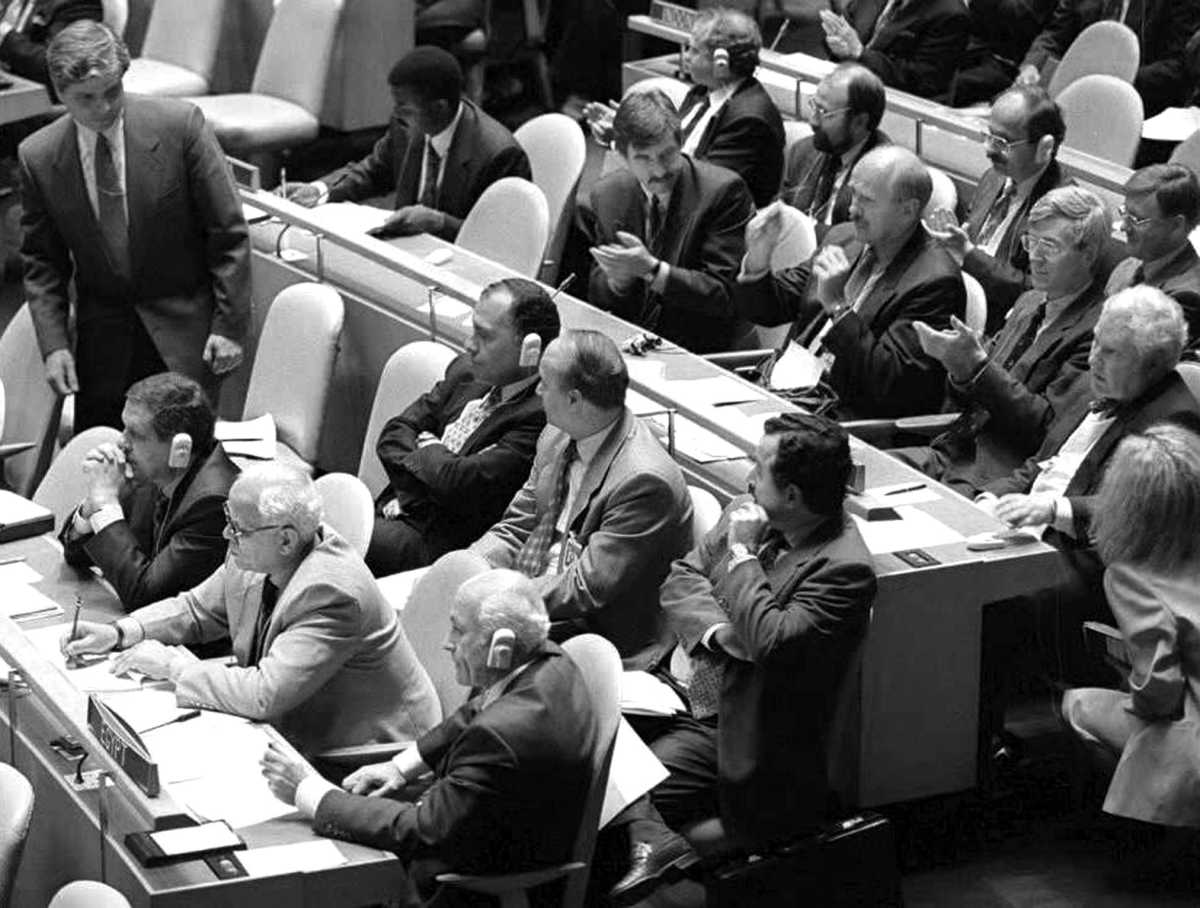
Delegates attending a meeting concerning the Nuclear Non-Proliferation Treaty (NPT).
When countries acquire 60% enrichment capabilities, regional security dynamics shift dramatically . Neighboring states may feel threatened, potentially triggering a cascade of nuclear hedging or outright weapons programs . This destabilization effect undermines decades of non-proliferation efforts .
The international community typically responds to 60% enrichment with diplomatic pressure, economic sanctions, and intensified monitoring efforts . The effectiveness of these measures varies greatly depending on the specific country’s international relationships, economic resilience, and strategic determination .
The technical reality that 60% enriched uranium represents such a short step to weapons capability means that even countries operating under international safeguards could potentially “break out” quickly if political decisions change . This “latent capability” creates strategic ambiguity that itself can be destabilizing .
Technical Barriers and Proliferation Resistance
Several technical barriers exist that complicate the path from 60% enriched uranium to a functional nuclear weapon . Beyond enrichment, weapons development requires specialized knowledge in metallurgy, high explosives, electronics, and precision engineering .
Converting enriched uranium hexafluoride gas into metal form suitable for weapons involves additional chemical processes and handling challenges . Working with highly enriched uranium presents radiation safety concerns, requiring specialized facilities and expertise .
Weapons design itself remains challenging, particularly creating an efficient implosion mechanism that can compress the fissile material uniformly . However, these barriers primarily slow rather than prevent proliferation when a country has access to 60% enriched uranium .
International efforts to increase proliferation resistance focus on minimizing HEU in civilian applications . Research reactor conversion programs have successfully reduced the civilian use of HEU worldwide, replacing it with low-enriched alternatives . These efforts make 60% enrichment for declared civilian purposes increasingly difficult to justify .
The Path Forward: Addressing the 60% Enrichment Challenge
Controlling the spread of 60% enrichment capability requires a multifaceted approach combining technical measures, diplomatic initiatives, and international cooperation . Enhanced verification technologies continue to improve the international community’s ability to detect undeclared activities .
Multilateral approaches to the nuclear fuel cycle offer one potential solution . By establishing international enrichment centers under multinational control, countries can access nuclear fuel for energy without developing sensitive enrichment capabilities independently .
Export controls on sensitive nuclear technologies remain vital to slowing proliferation . The Nuclear Suppliers Group coordinates policies among supplier countries to prevent the transfer of dual-use technologies that could contribute to weapons programs .
Ultimately, addressing the 60% enrichment challenge requires balancing legitimate rights to peaceful nuclear technology with the imperative of preventing nuclear weapons proliferation . This balance becomes increasingly difficult as more countries develop advanced nuclear capabilities .
Conclusion
Uranium enriched to 60% represents a critical proliferation threshold that demands sustained international attention . Its proximity to weapons-grade material, combined with the reduced effort required to reach 90% enrichment, makes it a material of particular security concern .
The technical realities of uranium enrichment mean that once a country masters 60% enrichment, it has effectively acquired a latent nuclear weapons capability . This technical fact underscores why the international community responds so forcefully to developments in this area .
As nuclear technology continues to spread globally, strengthening verification measures, promoting proliferation-resistant technologies, and maintaining international consensus on non-proliferation norms remain essential . The challenge of 60% enriched uranium highlights the delicate balance between supporting peaceful nuclear uses while preventing the spread of nuclear weapons .

An aerial view of the Fordow nuclear facility in Iran, a site associated with uranium enrichment activities.
The future of global security depends significantly on how effectively the international community manages access to and control of highly enriched uranium, particularly at the critical 60% threshold that sits at the crossroads of peaceful use and weapons potential .
Footnotes
-
https://www.sipri.org/commentary/essay/2021/why-iran-producing-60-cent-enriched-uranium ↩
-
https://www.cnn.com/2025/06/17/middleeast/iran-fordow-nuclear-site-latam-hnk-intl ↩
-
https://www.iaea.org/newscenter/pressreleases/update-on-developments-in-iran ↩
-
https://isis-online.org/isis-reports/detail/analysis-of-iaea-iran-verification-and-monitoring-report-may-2025/ ↩ ↩2 ↩3
-
https://tutorials.nti.org/nuclear-101/uranium-enrichment/ ↩ ↩2
-
https://www.nrc.gov/materials/fuel-cycle-fac/ur-enrichment.html ↩
-
https://isis-online.org/isis-reports/detail/entering-uncharted-waters-irans-60-percent-highly-enriched-uranium ↩ ↩2
-
https://www.fdd.org/analysis/2025/05/21/9-myths-about-irans-uranium-enrichment-program/ ↩
-
https://www.independent.co.uk/news/world/middle-east/iran-israel-uranium-enrichment-b2770714.html ↩
-
https://world-nuclear.org/information-library/nuclear-fuel-cycle/uranium-resources/military-warheads-as-a-source-of-nuclear-fuel ↩
-
https://www.armscontrol.org/factsheets/restoring-jcpoas-nuclear-limits ↩
-
https://www.iranwatch.org/our-publications/articles-reports/irans-nuclear-timetable-weapon-potential ↩
-
https://world-nuclear.org/information-library/nuclear-fuel-cycle/conversion-enrichment-and-fabrication/uranium-enrichment ↩
-
https://www.centrusenergy.com/learn-more/uranium-enrichment/gas-centrifuge/ ↩
-
https://thebulletin.org/2013/10/converting-a-civilian-enrichment-plant-into-a-nuclear-weapons-material-facility/ ↩
-
https://davidson.weizmann.ac.il/en/online/sciencepanorama/understanding-uranium-enrichment ↩
-
https://world-nuclear.org/nuclear-essentials/how-is-uranium-made-into-nuclear-fuel ↩
-
https://www.armscontrol.org/issue-briefs/2025-06/zero-enrichment-unnecessary-unrealistic-objective-prevent-iranian-bomb ↩
-
https://isis-online.org/uploads/isis-reports/documents/Analysis_of_May_2025_IAEA_Iran_Verification_Report_FINAL.pdf ↩
-
https://world-nuclear.org/information-library/nuclear-fuel-cycle/introduction/nuclear-fuel-cycle-overview ↩
-
https://www.reddit.com/r/askscience/comments/j05z4x/is_there_a_difference_between_weapons_grade/ ↩
-
https://www.kns.org/files/pre_paper/4/289%EC%9E%A5%ED%99%8D%EB%9E%98.pdf ↩
-
https://www.eia.gov/energyexplained/nuclear/the-nuclear-fuel-cycle.php ↩
-
https://apnews.com/article/iran-nuclear-iaea-weapons-grade-uranium-trump-0b11a99a7364f9a43e1c83b220114d45 ↩ ↩2
-
https://usw.org/industries/atomic/the-u-s-nuclear-sector-and-usw-history-of-u-s-uranium-enrichment/ ↩
-
https://www.armscontrol.org/act/2024-02/news/iran-accelerates-highly-enriched-uranium-production ↩
-
https://www.iranwatch.org/our-publications/weapon-program-background-report/history-irans-nuclear-program ↩
-
https://www.iaea.org/newscenter/focus/iran/iaea-and-iran-iaea-reports ↩
-
https://www.iaea.org/topics/verification-and-other-safeguards-activities ↩
-
https://www.iaea.org/publications/13452/international-safeguards-in-the-design-of-enrichment-plants ↩
-
https://www-pub.iaea.org/MTCD/Publications/PDF/PUB1865_web.pdf ↩
-
https://www.ornl.gov/publication/robust-and-flexible-design-gcep-unattended-online-enrichment-monitoring-olem-collection ↩
-
https://www.iaea.org/newscenter/news/how-environmental-sampling-helps-verify-the-peaceful-use-of-nuclear ↩
-
https://www.iaea.org/bulletin/the-evolution-of-safeguards-technology ↩ ↩2
-
https://www-pub.iaea.org/MTCD/Publications/PDF/nvs1_web.pdf ↩ ↩2
-
https://www.ornl.gov/publication/robust-infrastructure-design-gas-centrifuge-enrichment-plant-unattended-online ↩
-
https://www.nbcnews.com/world/iran/us-intelligence-assessment-irans-nuclear-program-remains-unchanged-rcna213879 ↩